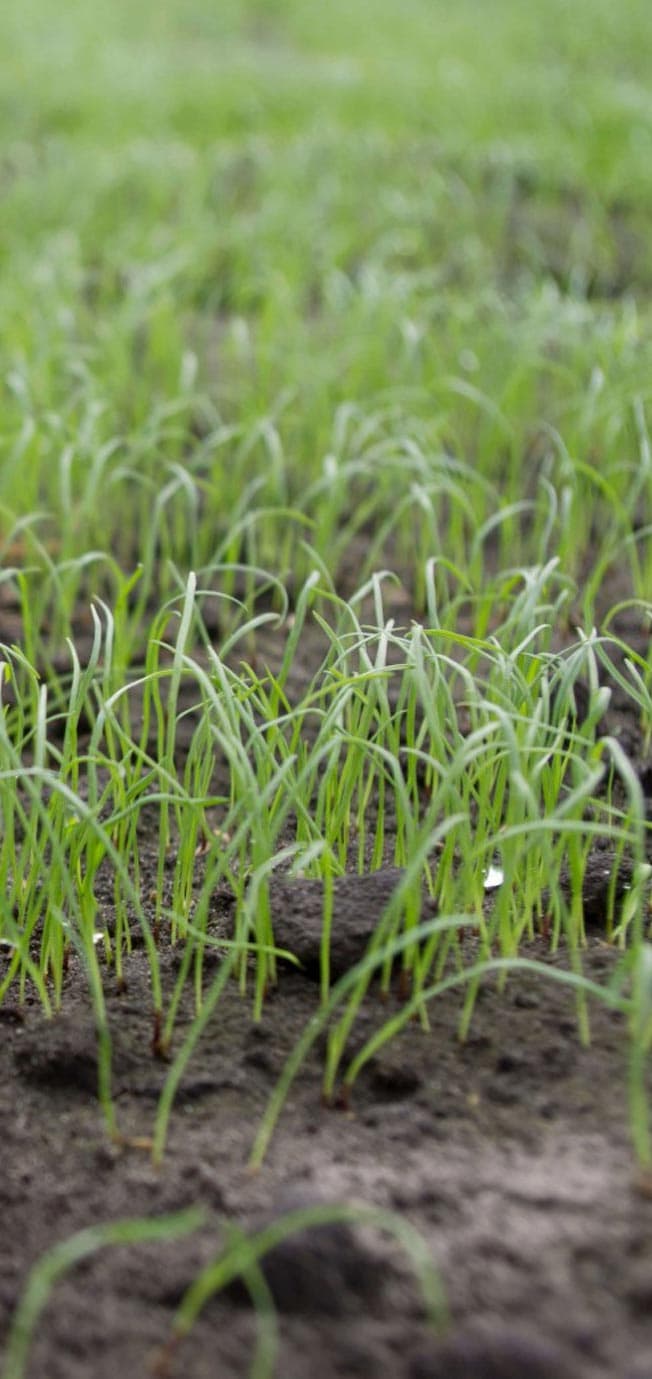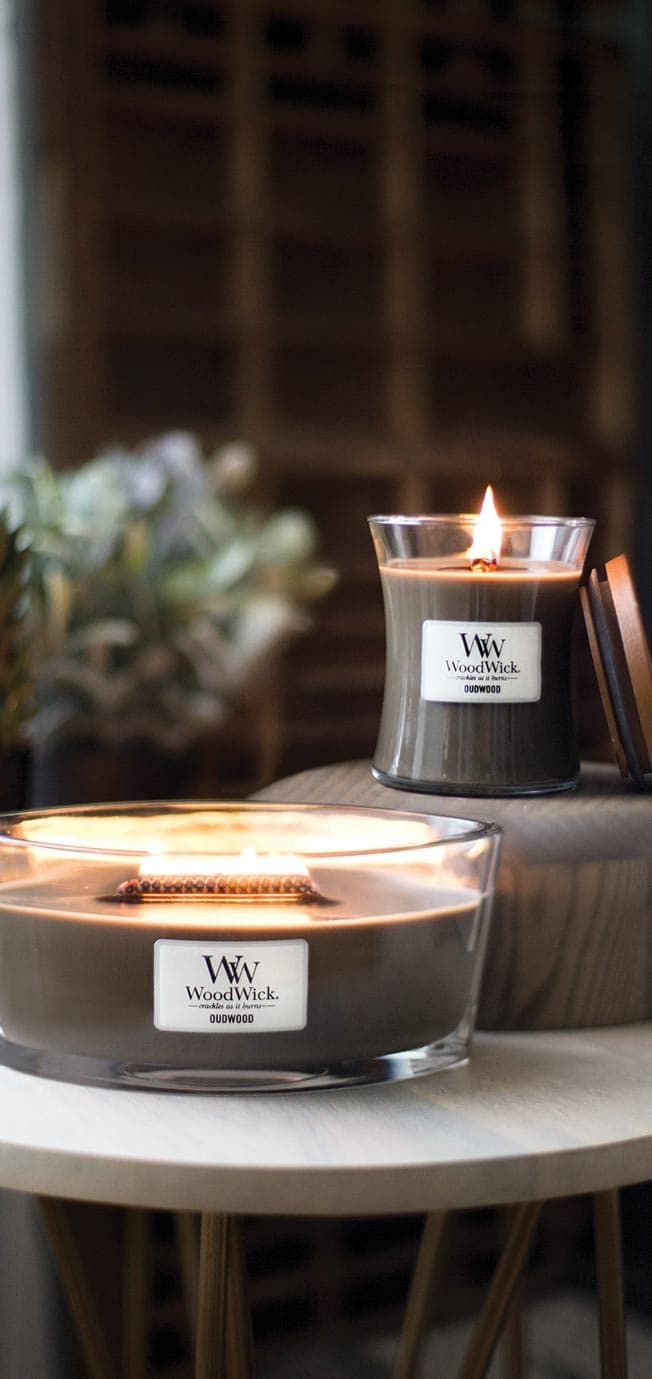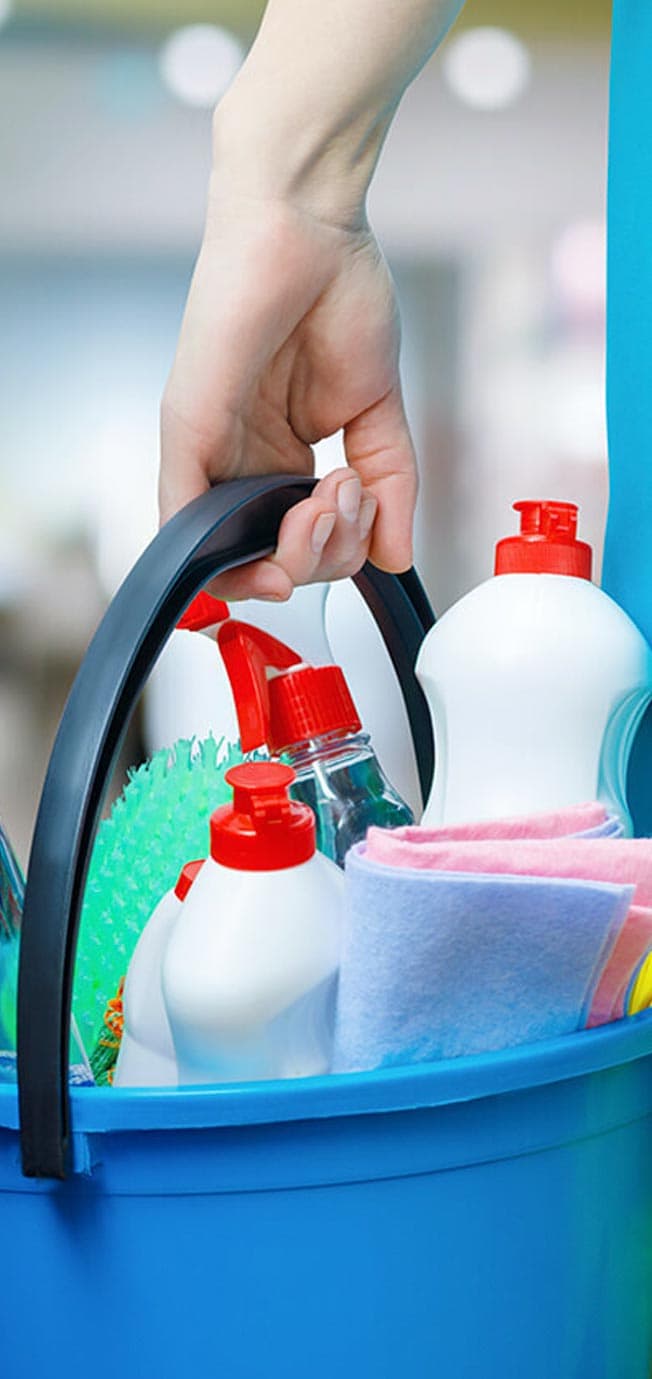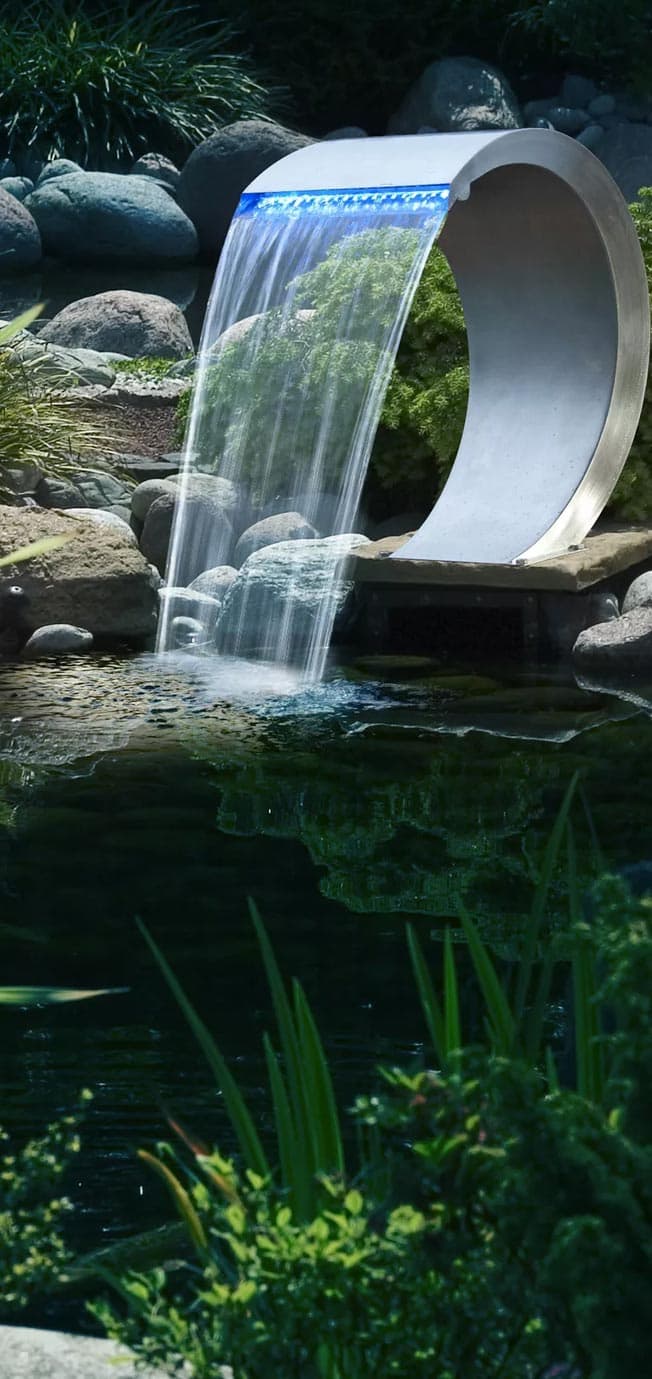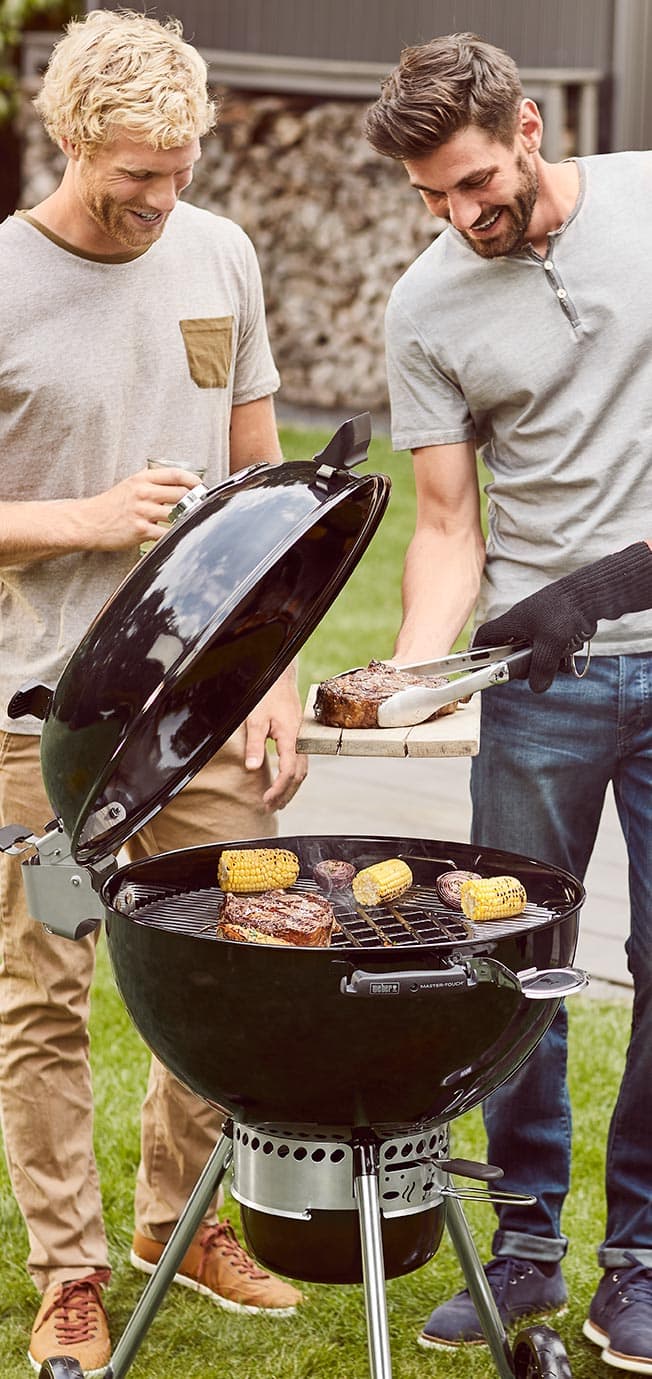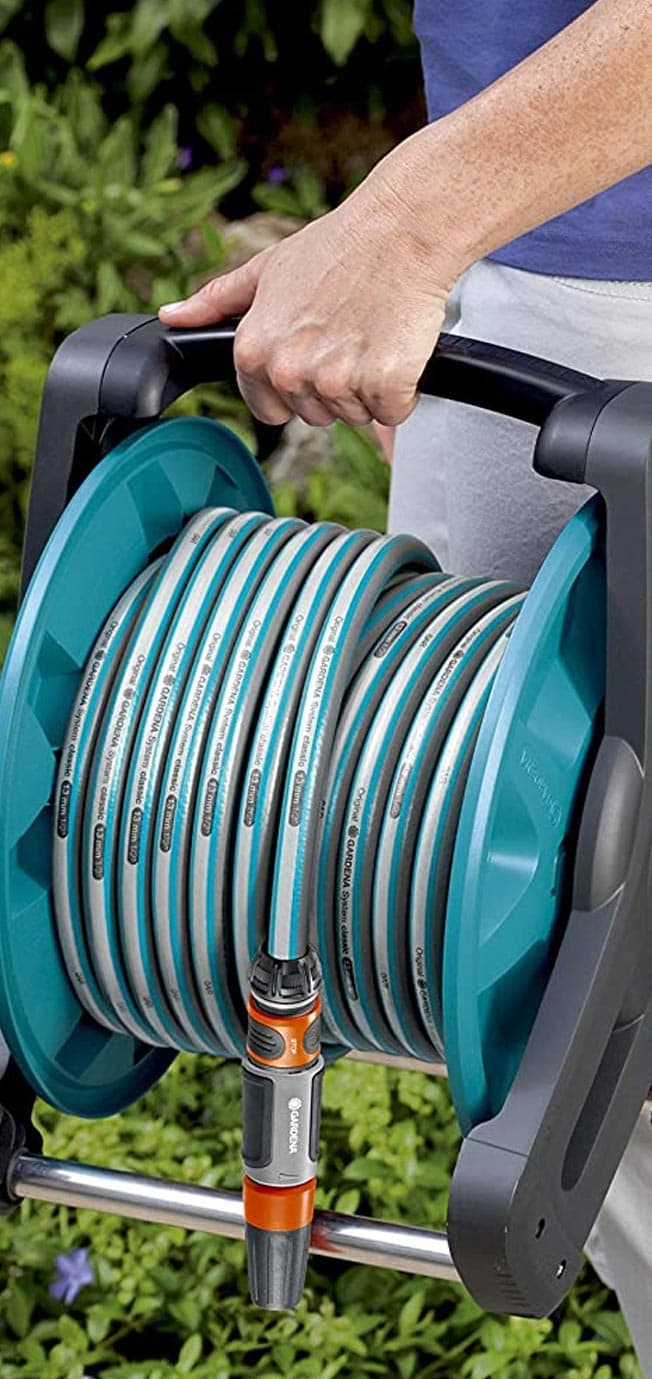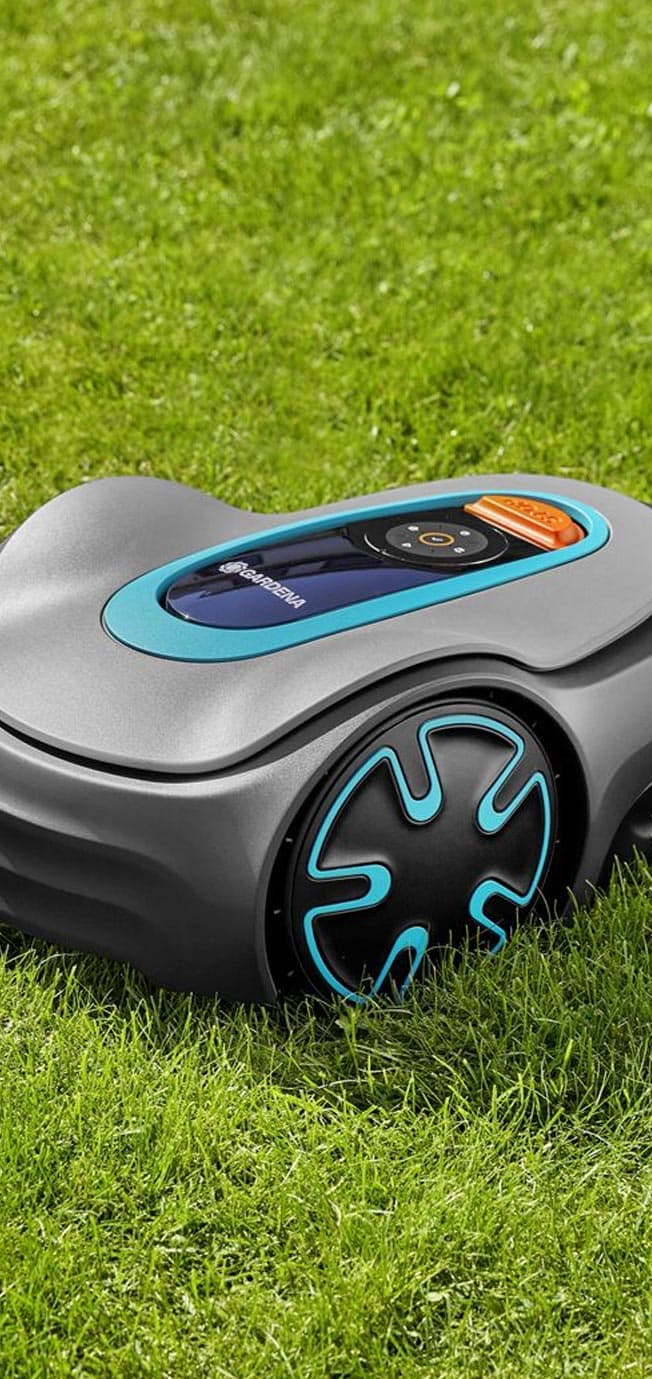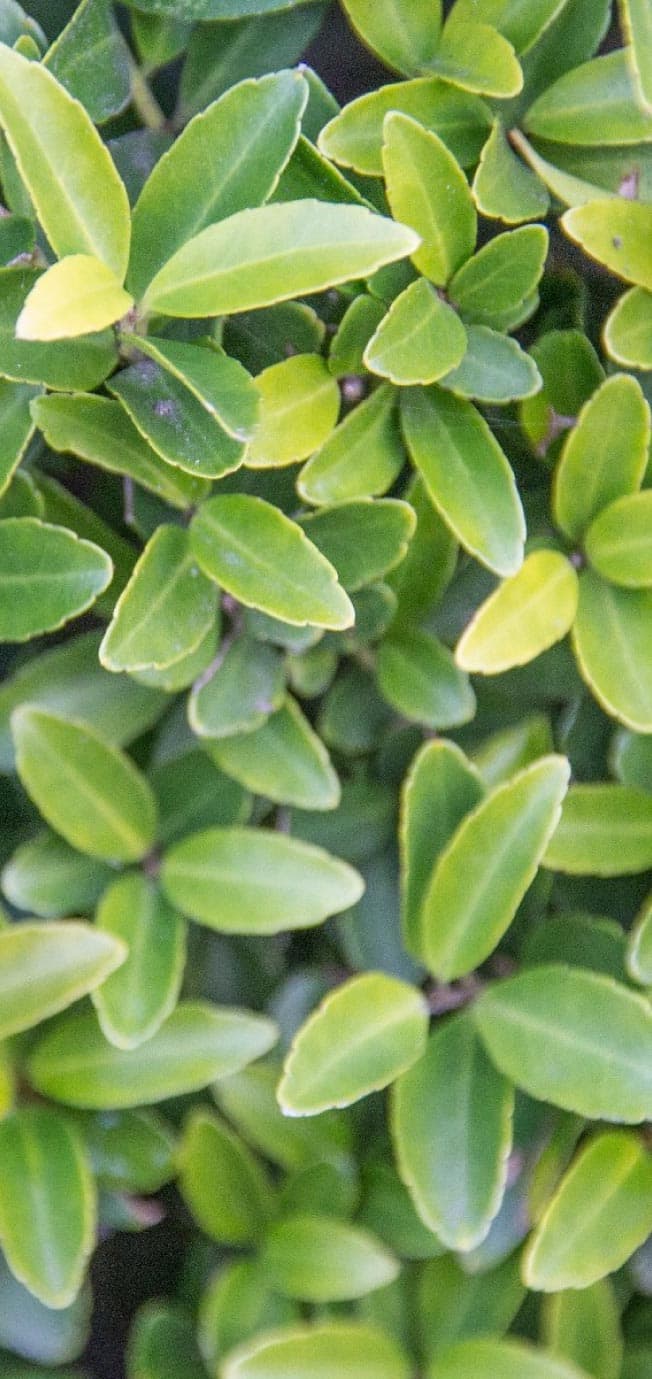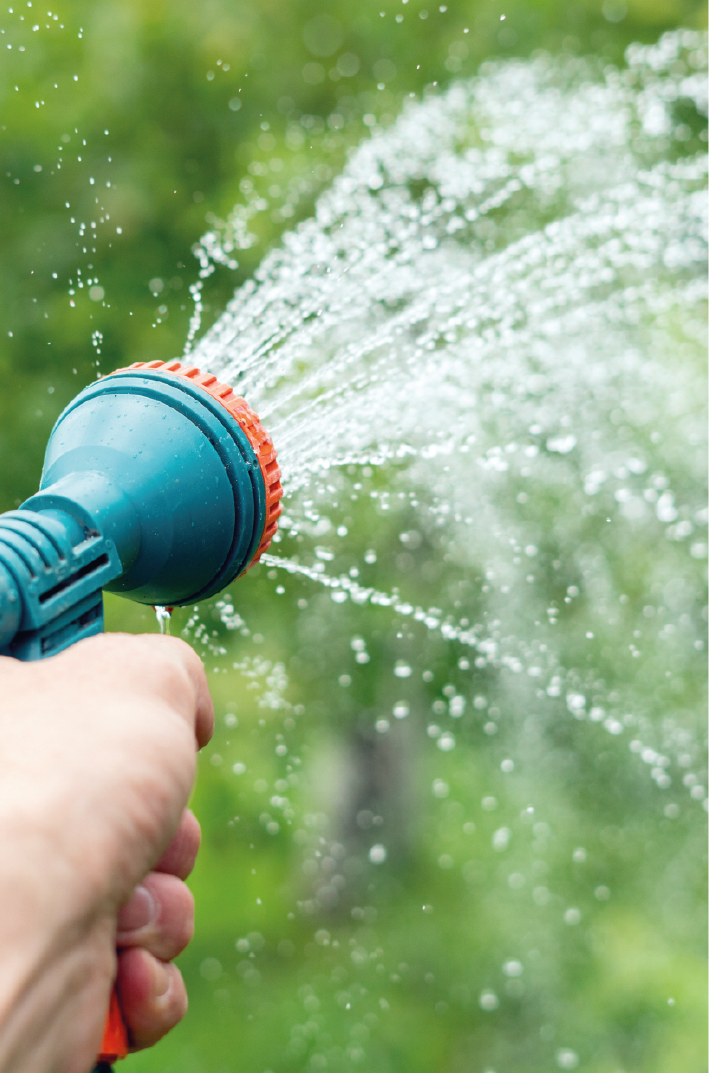
3 handy apps to recognise plants
Now that autumn is in full swing, it is time to plant the garden again. Do you already have certain plants in your garden that you would like to have more of, but can't remember the name? Then you can make use of some handy apps that will help you recognise the plants. This problem is actually easy to avoid by buying enough plants in the first place. It is always better to have a few plants too many than too few. This will prevent you from not knowing which plant you are talking about later on, or that the plants come from a different harvest or grower, which means that in terms of looks (height, volume, etc.) they are not exactly the same. Even if it is the exact same plant.
A second tip is to keep the full Latin name of the plant. If necessary, make a small sketch of your garden in a book and write the names on it. Or write the names on a piece of slate that you can stick into the ground. Always use the full Latin name because you may know that you have planted lampshade grass or Pennisetum but there are many varieties of these ornamental grasses, each with its own characteristics. With the full Latin name, for example Pennisetum alopecuroides 'Little Bunny', there can be no mistake.
Do you really forget what you have planted, or did you come across a beautiful specimen during a nature walk that you really want in your garden? Then you can use one of these 3 free apps to recognise the plants. Normally we go into nature to leave the technology behind us, and enjoy a moment of peace, but for this purpose the smartphone can be taken out. We too regularly receive photos of unfamiliar plants. We know quite a few of them, but the plant database is so extensive that it is impossible for us to recognise them all. New specimens and variations appear on the market every day.
1. PlantSnap 📱
PlantSnap is best compared to Facebook for plant lovers. You can upload a photo of the 'mysterious' plant, and it will appear on the photo feed. The other PlantSnappers can then tell you which plant they think it is, and even like your photos. PlantSnap also has a database of more than half a million plants, where you can find all the information you need to take care of your plants, as well as images of them. Then you can even become friends and follow each other. That makes this app not only informative but also social. You can see it as a virtual community where people from all over the world can share their love for plants. So this is more than just a plant finder. Would you rather just look up your plant, and be done with it? No problem, you can do that here too!
2. PlantNet 📱
PlantNet was created by some French scientists. It can be used by both plant lovers and professional gardeners. With PlantNet, you take a photograph of the plant and determine whether you have photographed the leaf, flower, fruit or bark. Afterwards you get a few suggestions of what the plant might be, with the accompanying visual material. Do you recognise your plant? Then you can confirm it, and have your photo added to the database. With the Latin names of the plants you will find many different pictures of the leaves, fruits, blooms,... that were added by other users. For each plant you will also get access to the infofiche of Wikipedia.
3. iNaturalist 📱
The app iNaturalist goes one step further and even gives you the name of unknown insects, amphibians or birds. With this app, you can learn more about both flora and fauna! A very useful app for avid walkers and nature lovers. This is also a great way to get children more involved and learn about nature. In this way, they can take pictures themselves with the smartphone and upload them. This way, they are interactively involved, their curiosity is stimulated and nature gets a less 'stuffy' connotation. In this app, the location where the photo was taken is requested. This is because the visual material and the information collected can also be used by scientists for research.
Please note: these apps can give you an indication of which plants are involved, but are not always 100% accurate.
These articles might also interest you?
More info? Receive all our gardening tips directly in your mailbox!
We'll only email you handy facts, green advice and our best promotions & discounts. You'll receive it about once a week and you can unsubscribe at any time. No spam, promise 🤞

